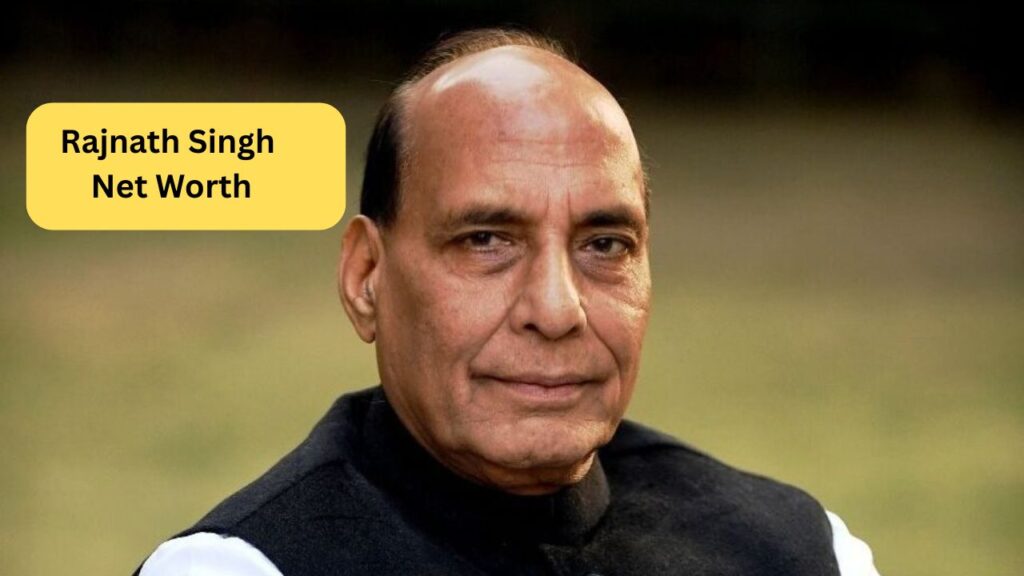Different Types of Leaves in Companies/Corporate in India: Paid or Unpaid?
taazatimeupdate.com
Published on: 19May2025


Leave is a basic employee right in any organization. Whether you work in an MNC or a startup in India, companies offer a range of leave options to maintain work-life balance and promote employee well-being. But a common question remains — Is leave paid or unpaid?
In this blog, we will explore different types of leaves in Indian companies, break down their eligibility, usage, and whether salary is paid during these leaves. Whether you’re an HR professional or an employee, this guide will help you understand the corporate leave structure in India.
1. Casual Leave (CL)
Definition:
Casual Leave is granted for personal matters, such as family emergencies, urgent travel, or unforeseen events.
Leave Count:
Typically 7 to 10 days annually (varies by company/state laws).
Salary: ✅ Paid Leave
Eligibility:
Applicable to full-time employees after a probationary period (usually 3–6 months).
Key Notes:
- Cannot be accumulated or carried forward.
- Must be pre-approved unless it’s an emergency.
2. Sick Leave (SL)
Definition:
Sick Leave is for short-term illness or medical emergencies.
Leave Count:
Generally 7 to 12 days annually.
Salary: ✅ Paid Leave (Medical certificate may be required after 2-3 days)
Eligibility:
Applicable from the date of joining or after probation, depending on the employer policy.
Key Notes:
- Some companies club sick leave with casual leave as CL/SL.
- In case of long-term illness, SL may extend to Leave Without Pay (LWP) after SL quota is used.
3. Earned Leave (EL) / Privilege Leave (PL)
Definition:
Earned Leave is a type of leave earned over time and is typically used for vacations or long breaks.
Leave Count:
15 to 30 days per year (depending on the company and labor laws).
Salary: ✅ Paid Leave
Eligibility:
Granted after completion of a minimum number of working days (e.g., 240 days in a year).
Key Notes:
- It can be carried forward and accumulated.
- Can be encashed upon resignation or retirement.
4. Maternity Leave
Definition:
Leave granted to women employees for childbirth, adoption, or surrogacy.
Leave Count:
26 weeks for the first two children; 12 weeks for the third child.
Salary: ✅ Paid Leave
Eligibility:
Must have worked for at least 80 days in the 12 months prior to expected delivery.
Legal Basis:
As per the Maternity Benefit (Amendment) Act, 2017
Key Notes:
- Can be extended with other leave types (paid/unpaid).
- Paid entirely by the employer.
5. Paternity Leave
Definition:
Leave is granted to male employees during or after the birth of their child.
Leave Count:
7 to 15 days (depends on company policy; not mandated by law).
Salary: ✅ Paid Leave (in most MNCs and progressive firms)
Eligibility:
Generally available to permanent employees.
Key Notes:
- Increasing adoption in private companies.
- Not covered under Indian labor laws officially.
6. Bereavement Leave / Compassionate Leave
Definition:
Leave is provided after the death of an immediate family member.
Leave Count:
2 to 7 days, depending on the relationship and company policy.
Salary: ✅ Paid Leave
Eligibility:
Usually granted immediately upon request.
Key Notes:
- Emotional support policy in many companies.
- Required documentation may vary.
7. Marriage Leave
Definition:
Special leave is offered during the employee’s wedding.
Leave Count:
3 to 5 days (varies with company policy).
Salary: ✅ Paid Leave
Eligibility:
One-time leave during employment tenure.
Key Notes:
- Some firms require a wedding invitation as proof.
- Not mandated by Indian labor law but widely practiced.

8. Study Leave / Exam Leave
Definition:
Leave for higher studies, competitive exams, or skill upgrades.
Leave Count:
Depends on approval and company policy (could range from days to months).
Salary:
- 🔁 Partially Paid or Unpaid (case-specific)
- Some firms offer sabbatical as unpaid study leave.
Eligibility:
Usually, for employees with 2+ years of service.
Key Notes:
- Often needs manager/HR approval.
- Can be part of L&D (Learning & Development) initiatives.
9. Sabbatical Leave
Definition:
Extended time off for personal growth, travel, education, or burnout recovery.
Leave Count:
3 months to 1 year
Salary: ❌ Unpaid Leave
Eligibility:
Granted to employees with long tenure (typically 3–5 years).
Key Notes:
- Return-to-work clause often applies.
- HR discretion applies; not a legal mandate.
10. Religious/Festival Leave
Definition:
Leave to celebrate religious or regional festivals not covered under holidays.
Leave Count:
1 to 2 days annually (as part of optional/floating holidays)
Salary: ✅ Paid Leave
Eligibility:
Available to all employees; may need prior request.
Key Notes:
- Examples: Eid, Christmas, Navratri, Mahavir Jayanti, etc.
- Optional in nature.
11. Leave Without Pay (LWP)
Definition:
When an employee takes leave after exhausting all available paid leaves.
Leave Count:
No limit, but requires management approval.
Salary: ❌ Unpaid Leave
Eligibility:
Applicable when all leave balances are zero.
Key Notes:
- Impacts monthly salary and PF contributions.
- May also affect appraisals and attendance bonuses.
12. Quarantine/COVID Leave (Now Case-Specific)
Definition:
Leave granted due to COVID-19 quarantine or related illness.
Leave Count:
Case-based (up to 14 days during the pandemic).
Salary: ✅ Paid Leave (during pandemic phase)
Eligibility:
Varied as per government and company policies.
Key Notes:
- Some companies absorbed this into sick leave post-pandemic.
- Relevant for travel-related job roles today.
13. Public Holidays
Definition:
Pre-declared holidays such as Republic Day, Independence Day, Diwali, etc.
Leave Count:
8 to 15 days annually, depending on the company.
Salary: ✅ Paid Holiday
Eligibility:
Automatically granted to all full-time employees.
Key Notes:
- Regulated under the Shops and Establishment Act.
- Usually includes 3 National Holidays.
Leave Policy as per Indian Labour Law
Leave Type | Paid/Unpaid | Mandated by Law? |
Casual Leave | Paid | Varies by state |
Sick Leave | Paid | Yes |
Earned Leave | Paid | Yes |
Maternity Leave | Paid | Yes |
Paternity Leave | Paid/Unpaid | No |
Bereavement | Paid | No |
Marriage Leave | Paid | No |
Study Leave | Unpaid/Partial | No |
Sabbatical | Unpaid | No |
Public Holidays | Paid | Yes |
Leave Without Pay | Unpaid | Yes (allowed with approval) |
Understanding different types of leaves in Indian companies is crucial for both employees and employers. Whether it’s maternity leave, casual leave, or a sabbatical, knowing the paid vs. unpaid status helps you plan better and avoid salary cuts.







